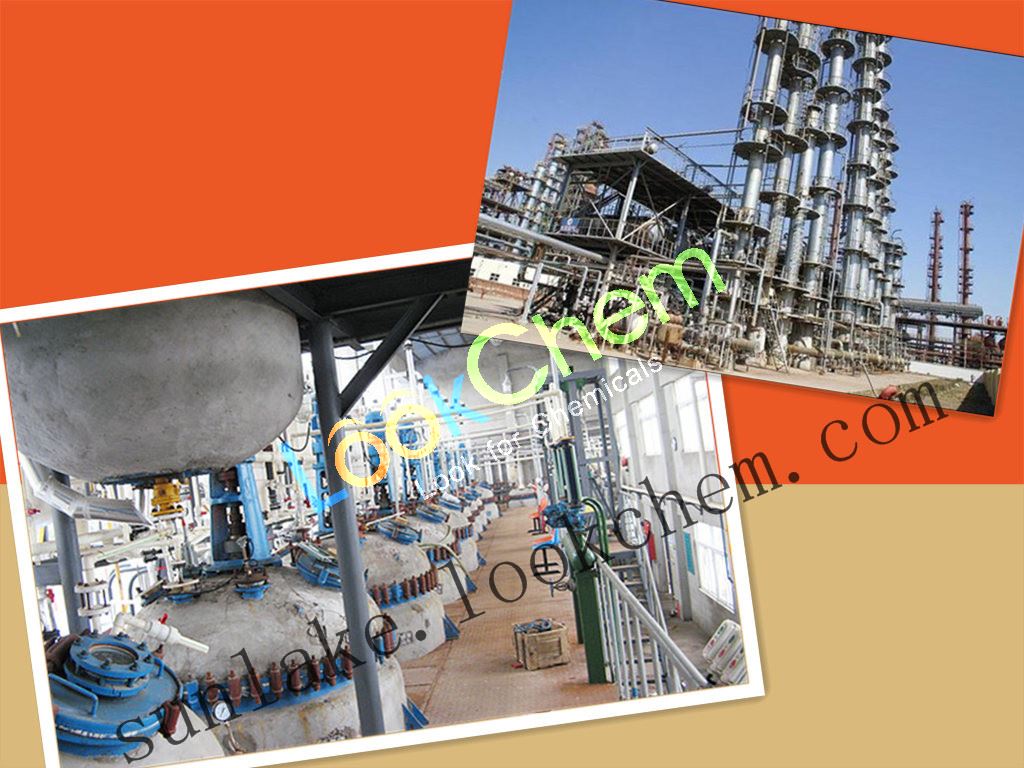- Min.Order :100 Kilogram
- Purity: 99%
- Payment Terms : L/C,D/A,D/P,T/T,Other
Keywords
RARECHEM AH PB 0251 211915-06-9 C34H41N7O5
Quick Details
- Appearance:powder
- Application:211915-06-9
- PackAge:Depended
- ProductionCapacity:300|Kilogram|Month
- Storage:Refrigerator
- Transportation:by air or by sea
Superiority:
| Dabigatran etexilate Basic information |
| Product Name: | Dabigatran etexilate |
| Synonyms: | Dabigatran etexilate;N-[2-[4-[N-(Hexyloxycarbonyl)amidino]phenylaminomethyl]-1-methyl-1H-benzimidazol-5-ylcarbonyl]-N-(2-pyridyl)-beta-alanine ethyl ester;BIBR-1048(Dabigatran etexilate);N-[2-[4-[N-(Hexyloxycarbonyl)aMidino]phenylaMinoMethyl]-1-Methyl-1H-benziMidazol-5-ylcarbonyl]-N-(2-;BIBR 1048;BIBR-1048;Prazaxa;N-[[2-[[[4-[[[(Hexyloxy)carbonyl]aMidino]iMinoMethyl]phenyl]aMino]Methyl]-1-Methyl-1H-benziMidazol-5-yl]carbonyl]-N-2-pyridyl-beta-alanine,ethyl ester |
| CAS: | 211915-06-9 |
| MF: | C34H41N7O5 |
| MW: | 627.74 |
| EINECS: | |
| Product Categories: | Pharmaceutical intermediate;API;Dabigatran etexilate;Other APIs |
| Mol File: | 211915-06-9.mol |
|
|
|
| Dabigatran etexilate Chemical Properties |
| Safety Information |
| Dabigatran etexilate Usage And Synthesis |
| Oral anticoagulants |
We must all know that warfarin is currently the main drug for prevention of stoke and embolism of systemic circulation in patients of atrial fibrillation, and plays an irreplaceable role in patients with atrial fibrillation anticoagulation therapy. Warfarin has been considered as the gold standard in this area of antithrombotic therapy. However, it was found in clinical practice that warfarin has interaction with many medicines and dietary such as Couinaud ketone and macrolide antibiotics, which often can’t guarantee that the dose being maintained within the therapeutic window, and thus increasing the risk of bleeding. In order to ensure the drug safety, we must apply routine coagulation monitoring and dose adjustment. Dabigatran etexilate is another new type of oral administrated anti-clotting drugs approved by the US food and drug administration after warfarin and belongs to a kind of non-peptidic inhibitors of thrombin. It can exert its anticoagulant effects through specific and selective blocking the activity of the thrombin (free or bound). It is characterized by being able to subject to oral administration, potent efficacy, and no necessity for special treatment monitoring and less drug interactions. It is also a kind of major advance in the field of anticoagulant therapy and the fields of prevention of potentially fatal blood clots with landmark meaning. After oral administration and further gastrointestinal absorption, it is converted in vivo to Dabigatran which has direct anticoagulant activity. Through binding to fibrin-specific binding sites of thrombin, it can prevent the fibrinogen’s being cleaved into fibrin, thereby blocking the final step of the blood coagulation waterfall network and thrombosis. Dabigatran can also be dissociated from a fibrin-thrombin complex and play reversible anticoagulant effect. In 2009, in the European Society of Cardiology annual meeting, Boehringer Ingelheim had first announced by far the largest research regarding the atrial fibrillation clinical trials-RE-LY (the randomized evaluation of long term anticoagulant therapy of the novel direct thrombin inhibitor, Dabigatran). The results had showed that: compared with the well-controlled warfarin treatment group, dabigatran etexilate could significantly reduce the risk of stroke and embolism (including hemorrhagic stroke), significantly reduce the occurrence of bleeding (including fatal bleeding and intracranial hemorrhage) and also significantly reduce the vascular mortality. The results also showed that dabigatran etexilate provides effective, stable anticoagulation effect without the need of routine coagulation monitoring and dose adjustment. The above information is edited by the chemicalbook of Dai Xiongfeng. |
| Clinical application and risk assessment |
In April 2008, EMA had first approved that the indications of dabigatran etexilate is the thromboprophylaxi after hip and knee replacement surgery. In April 2008 dabigatran etexilate had first entered into market in Germany and the UK and then was approved for marketing in more than 40 countries and is widely used in the primary prevention of deep vein thrombosis for patients who have been subjecting to elective total hip / knee replacement surgery. In October 2010, the US Food and Drug Administration (FDA) formally approved dabigatran etexilate for being marketed with the indications being the prevention of stroke caused by with atrial fibrillation (AF). AF is the most common arrhythmia in all age groups with the incidence being 1% in people over all the age and the incidence being 10% in population older than 80. It is found in almost all organic heart disease and may also occur in non-organic heart disease. The medication field generally believes that the prophylaxis medication of stroke induced by atrial fibrillation (AF) will have a great market opportunities and broad prospects. In November 2, 2012, FDA has released new information regarding to evaluation information of the risk of anticoagulants drugs such as dabigatran etexilate (Pradaxa) and warfarin in causing severe bleeding. The risk assessment adopted the FDA sentinel action (Sentinel Initiative) Mini-Sentinel monitoring system for health insurance compensation and management data. The evaluation results show that the bleeding rate of the newly applied dabigatran etexilate doesn’t exceeds that of the newly applied warfarin, which was consistent with the observed result of the large-scale clinical trial (RE-LY test) for approving dabigatran etexilate. The safety investigation conducted by FDA on this issue is still in progress and FDA is continuing to evaluate data from multiple sources. In March 2013, the latest Review of the US Food and Drug Administration (FDA) published in the "New England Journal of Medicine" stated that after a small outpost assessment carried out in November 2012, FDA, as a drug agency had not changed its recommendation on the “Thai Bi Quan” (dabigatran etexilate). FDA pointed out that it was not observed that the incidence of the bleeding rate associated with the recently applied “Tai Bi Quan” was higher than that associated with, which was consistent with the result obtained from the core research in RE-LY® observed . In May 2013, the new oral anticoagulants “Tai Bi Quan” developed by the Boehringer Ingelheim (German) Company has gotten the certificate of registration of imported drugs through the State Food and Drug Administration of China and is been subject to the marketing in the domestic market. |
| Pharmacological effects |
Dabigatran etexilate is a kind of new-generation oral administrated anticoagulant direct thrombin inhibitors (DTIs) at the forefront and meet the urgent clinical need for prevention and treatment of acute and chronic thromboembolic disease. Direct thrombin inhibitor plays a strong anticoagulant effect through specifically blocking the activity thrombin (in free and conjugated). Thrombin is the key enzyme during the formation of thrombus. Being different from the vitamin K antagonists targeting on different clotting factor, dabigatran etexilate can provides effective, predictable and stable anticoagulant effect while having less frequent drug interactions, drug-free food interactions without routine coagulation monitoring or dose adjustment. The clinical experience of the dabigatran etexilate has exceeded all other new oral anticoagulant drug. It medication records in the medication within various kinds of indications in more than 80 countries around the world have exceeded more than 1.4 million patient per year. |
| Safety |
Given that the renal dysfunction is the risk factor of the dabigatran etexilate induced bleeding, therefore, before starting treatment, all patients should subject to evaluation on their kidney functions to exclude severe renal impairment; during the treatment, if there are clinical cases of suspicion of renal dysfunction, we need to review the conventional renal function; for elderly patients (> 75 years) or patients with moderate renal impairment, they should at least subject to re-examination of renal function annually; dabigatran etexilate is not suitable for patients of significant rheumatic heart valve disease manifestation in hemodynamic (especially mitral stenosis) and patients with artificial heart valves. The bleeding risk and renal function assessment of dabigatran etexilate: on the basis of the reported cases of severe bleedings after the marketing the dabigatran etexilate, as well as the usage condition in elderly patients and patients at high risk of bleeding as well as patients with impaired renal function, they updated the content of the product monograph. The current updated content includes recommending that patients who are in consideration of the use or have adopted dabigatran etexilate treatment should be subject to renal function assessment, the content is as follows: Before starting dabigatran etexilate treatment, all patients should be subject to assessment of the renal function through calculating creatinine clearance (CrCl) rate in order to rule out the possibility of severe renal impairment (i.e. CrCl <30 mL/min); during the treatment of dabigatran etexilate, If there is clinical suspicion of renal dysfunction or rapidly deteriorating situation (such as hypovolemia, dehydration, and simultaneous application of certain medications), the patients should be subject to re-examination of the renal function. These clinical conditions may result in increased exposure of dabigatran etexilate; for elderly patients (> 75 years) or in patients with moderate renal impairment (CrCl30 ~ 50 ml / min), they should assess renal function by calculating creatinine clearance annually, with at least 1 times annually. Advice for healthcare professionals: Dabigatran etexilate should be contraindicated in patients with severe renal impairment (CrCl <30 mL / min); Do not apply dabigatran etexilate to patients with high risk of bleeding; The patient should be subject to clinical monitoring. It should be noted the performance of bleeding or anemia; If severe bleeding occurs, dabigatran etexilate should be discontinued, and the bleeding site should be identified. Suggestions to patients with valvular heart disease: Safety and efficacy of dabigatran etexilate has not been studied in the patients with rheumatic heart disease (especially mitral stenosis) or patients with artificial heart valves of hemodynamic. There has been no data for supporting that dabigatran etexilate can exert a sufficient anticoagulant effect for patients with artificial heart valves installed (regardless of whether there is atrial fibrillation), therefore, dabigatran etexilate is not suitable for patients of significant rheumatic heart valve disease manifestation in hemodynamic (especially mitral stenosis) and patients with artificial heart valves. |
| Usage | BIBR-1048 (Dabigatran) is an anticoagulant from the class of the direct thrombin inhibitors. It is being studied for various clinical indications and in many cases it offers an alternative to warfarin as the preferred orally administered blood thinner sin |
Service we provide:
1. Mixed container, we can mix different items in one container.
2. Quality control, before shipment, free sample for test. after shipment, keep sample for 3 years
3. Prompt shipment with professional documents
4. Packing as your request, with photo before shipment
Details:
- Exhibition in shanghai
We have clients throughout the world:
Professional service and rich experience make customers feel at ease, adequate stock and fast delivery meet your desire.

Our Laboratoy
We have our own independent lab test center:
This makes sure that our technology support is reliable and authoritative.All of self-owned fine chemicals are manufactured strictly in accordance with international standard.,and also has scientific cooperation with local colleges and institutes.

Our factory
High quality with competitive price:
We are manufacturer and can provide high quality products with factory price

Package & Shipment
Fast and safe delivery:
Parcels can be sent out within 24 hours after payment. Tracking number is available
Secure and discreet shipment. You have various choices of transportation methods

You Might Also Like
Related Searches
About|Contact|Cas|Product Name|Molecular|Country|Encyclopedia
Message|New Cas|MSDS|Service|Advertisement|CAS DataBase|Article Data|Manufacturers | Chemical Catalog
©2008 LookChem.com,License: ICP
NO.:Zhejiang16009103
complaints:service@lookchem.com Desktop View